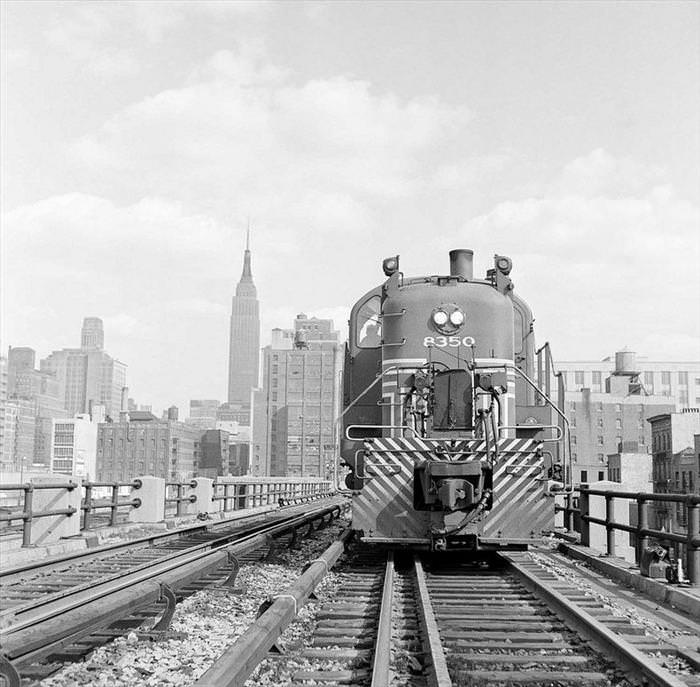
|
A great 'green' initiative, the High Line is a mile long, garden park in New York City built on an elevated 1.45-mile section of an abandoned railway line called the West Side Line, which runs along the lower west side of Manhattan. In 1980 the last freight train ran along the elevated railway line reportedly pulling three boxcars of frozen turkeys. |
 |
|
Almost twenty years later, in August 1999, local architectural enthusiasts Joshua David and Robert Hammond went along to a public meeting to discuss the future of the High Line. Within months the two New Yorkers, who were regarded as total amateurs and neighborhood nobodies, founded the Friends of the High Line, a charity that has gone on to transform the abandoned railway line into a wildly successful new oasis for pedestrians. |
 |
|
Since opening in 2009, the High Line has become New York City's second most visited cultural venue, attracting some four million visitors a year. It has been so popular that other cities are following suit, with plans to replicate the formula in London, Chicago, Philadelphia and Rotterdam, Netherlands. |
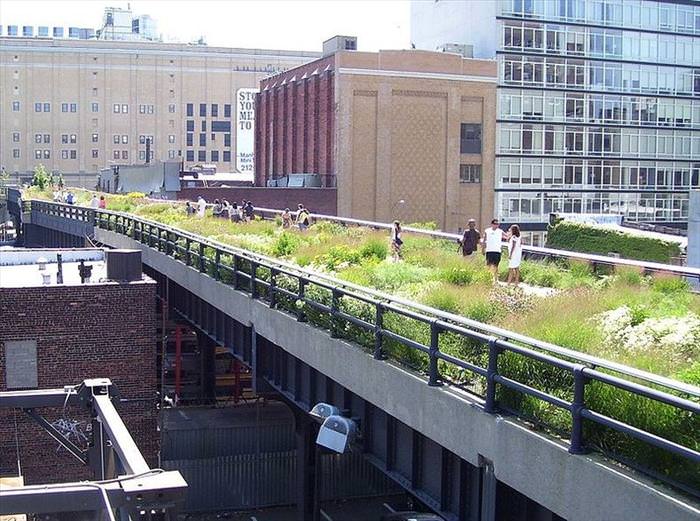 |
|
The High Line first opened to trains in 1934. It connected directly to factories and warehouses, allowing trains to roll right inside buildings. Milk, meat, produce, and raw and manufactured goods could be transported and unloaded without disturbing traffic on the streets. With the growth of interstate trucking in the 1950s, rail traffic dropped throughout the nation eventually leading to the disuse of the track. By late 1990s it was overgrown with wild grasses, shrubs, and rugged trees – an ugly relic in an urban city. Finally, New York Mayor Rudy Giuliani ordered the track to be demolished. 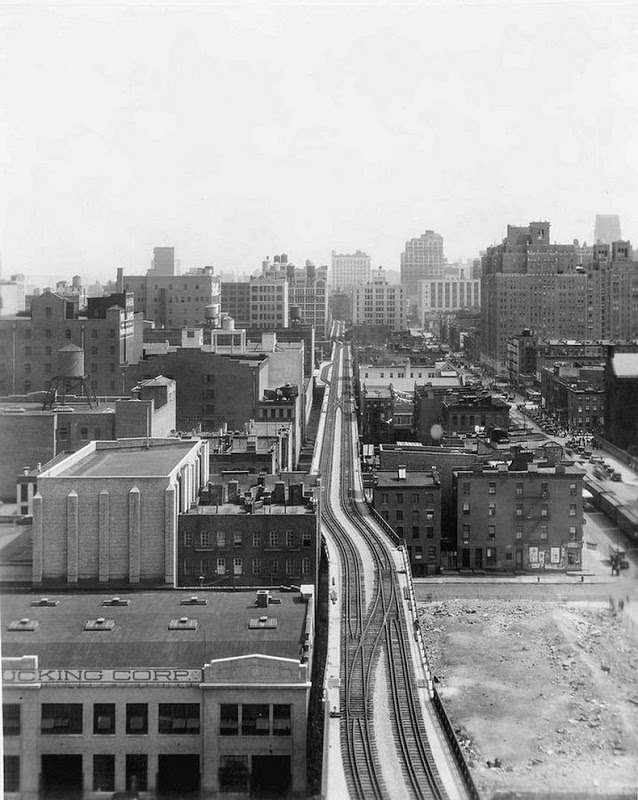 |
|
|
| Almost a decade after the Giuliani administration tried to tear the High Line down, it has been turned into one of the most innovative and inviting public spaces in New York City. The black steel columns that once supported abandoned train tracks now hold up an elevated park 25 feet above the ground. |
|
|
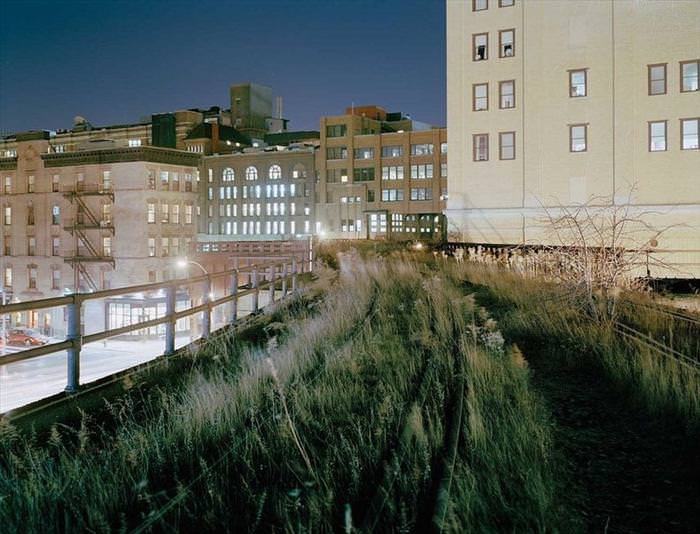 |
|
The park's attractions include naturalized plantings that are inspired by the self-seeded landscape that grew on the disused tracks and new, often unexpected views of the city and the Hudson River. Pebble-dash concrete walkways unify the trail, which swells and constricts, swinging from side to side, and divides into concrete tines that meld the hardscape with the planting embedded in railroad gravel mulch. Stretches of track and ties recall the High Line's former use. Portions of track are adapted and re-used for rolling lounges positioned for river views.
|
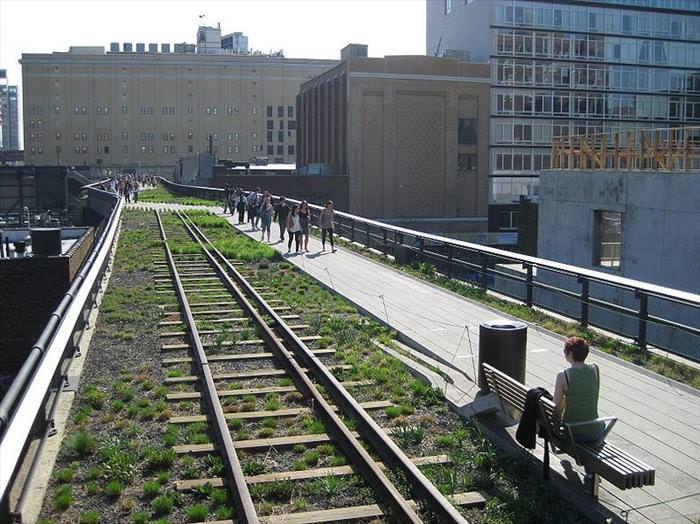 |
|
Most of the planting, which includes 210 species, is of rugged meadow plants, including clump-forming grasses, liatris and cone-flowers, with scattered stands of sumac and smokebush, but not limited to American natives. At the Gansevoort end, a grove of mixed species of birch already provides some dappled shade by late afternoon.
|
 |
|
The park extends from Gansevoort Street north to 30th Street where the elevated tracks turn west around the Hudson Yards development project to the Javits Convention Center on 34th Street. It remains open every day from 7 am to 10 pm. |
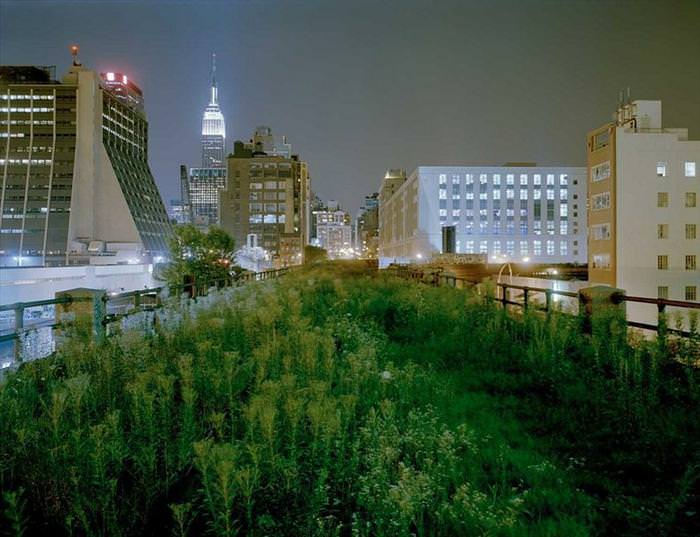 |
|
|
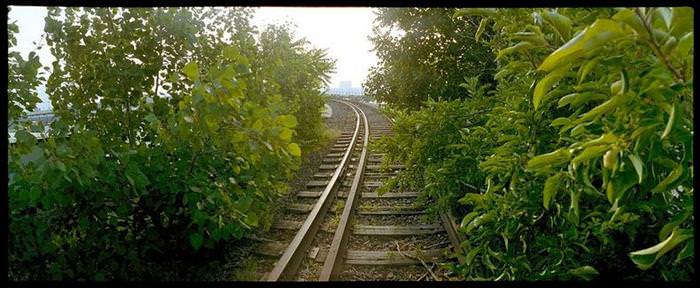 |
|
|
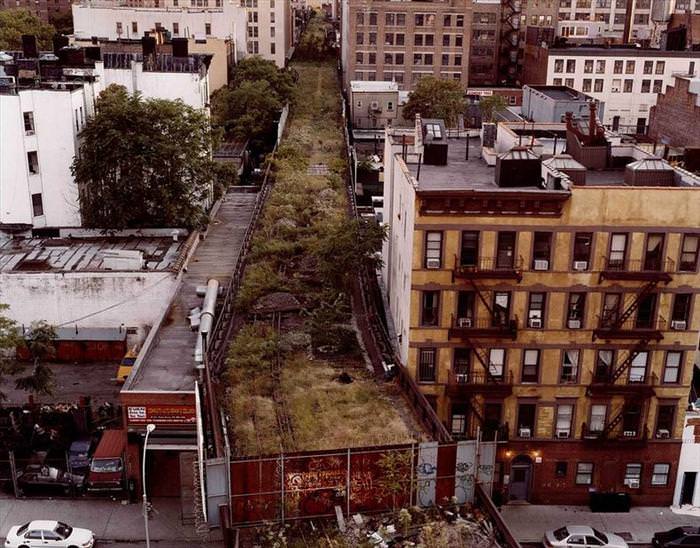 |
|
|
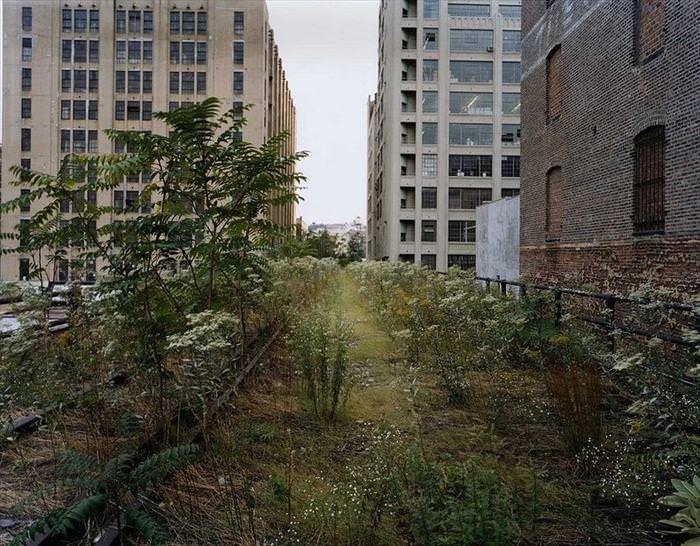 |
|
|
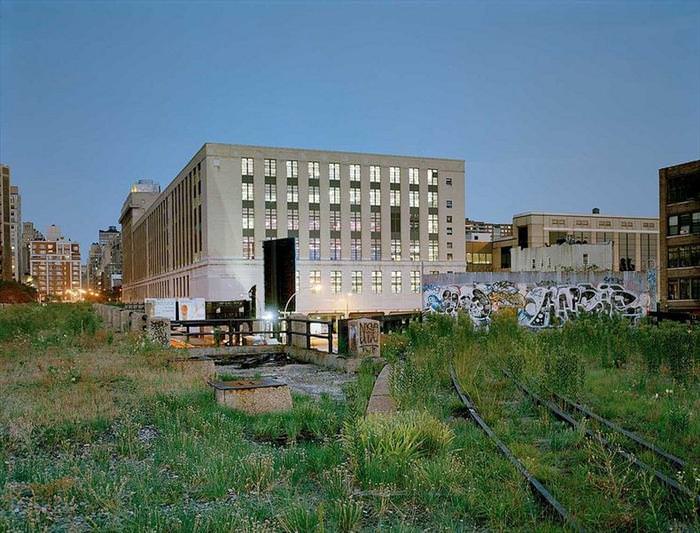 |
|
|
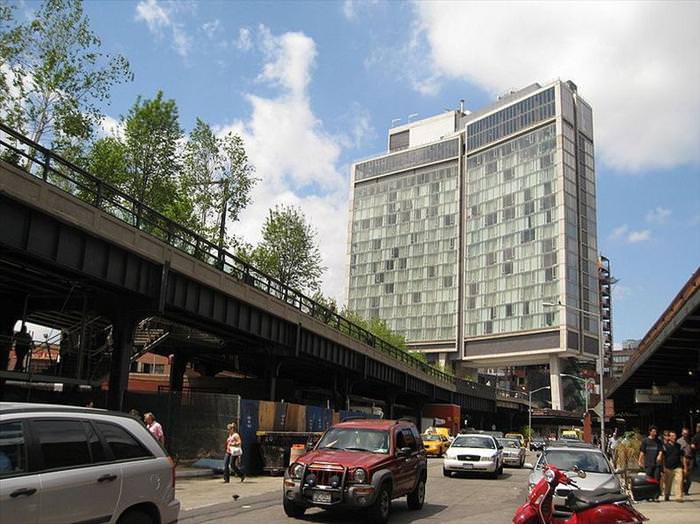 |
|
|
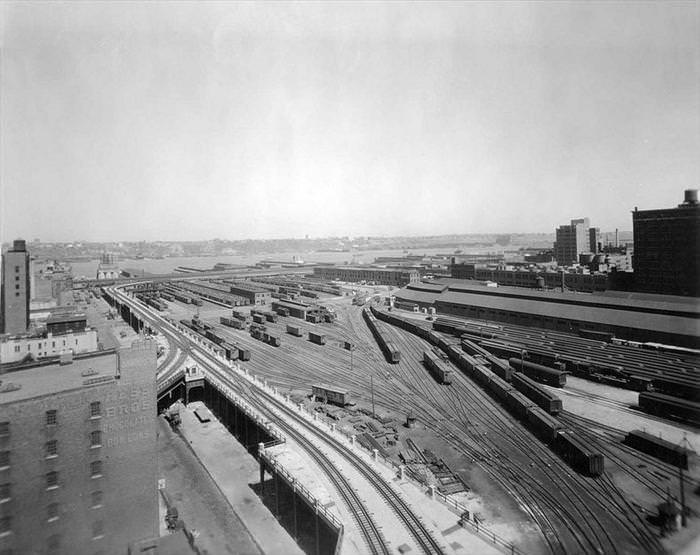 |
|
|
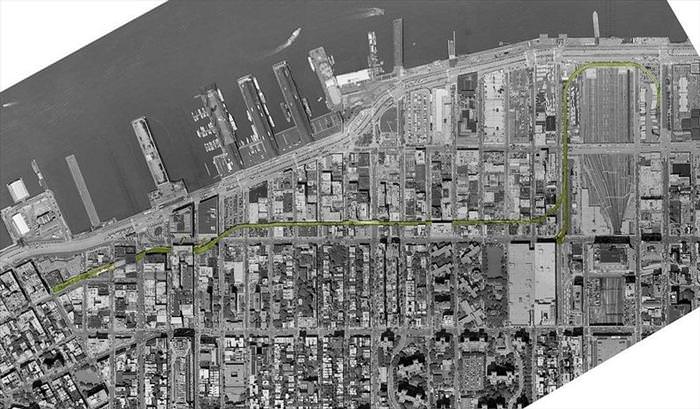 |
|
|
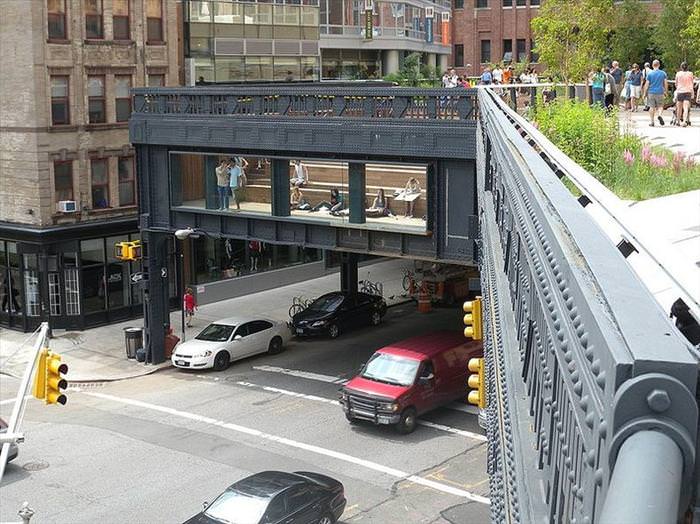 |
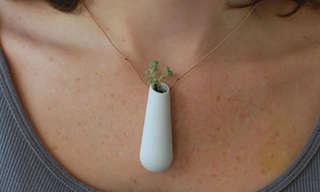
The Green Is In the Details...
With deforestations taking down tens of thousands of life exhaling trees in the rain forests, it will be up to us to make up for that lack. Besides, having more nature and life in our lives can only be a good thing, and at the end of the day, who doe
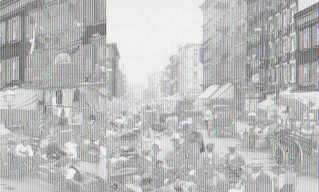
See Some of The First Colored Photographs In the US!
A look into the past with colored photos form over 100 years ago.

This Botanical Garden in Pennsylvania Is Out of This World
Take a look at these terrific photos of stunning Botanical garden, Longwood Gardens.
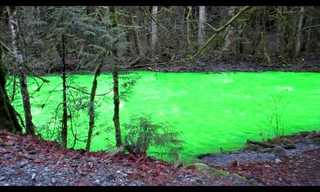
Ever Seen a Florescent Green River?
You are not hallucinating. This river is truly of emerald green color.

Heartwarming! The Special Bond Between Mother & Son
These pictures illustrate just how special the bond between a mother and son truly is. Take a look:
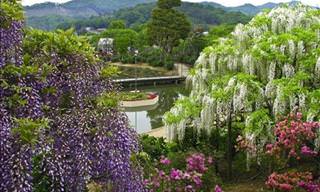
The Ashikaga Flower Park is Truly a Sight to Behold
Only the Japanese could make a flower garden this stunning. Check it out!
 12:10
12:10
How Did We Invent the Dollar? Learn Its Meandering History
In this video, we will learn a short history of the U.S. Dollar.
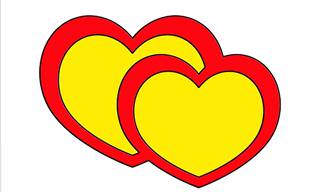
13 Fascinating Facts About International Intercourse!
These facts will shed a fascinating light on intercourse in the world.

Believe These Myths to Be True? The Facts Are Surprising
Read through 11 common misconceptions, you've likely thought were facts.
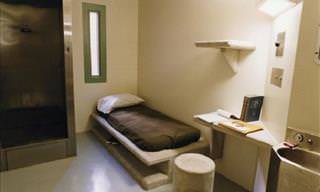
This is How Prison Cells Vary Between Countries...
Prisons across the world vary a lot. These photos of cells from all over show how different countries treat their criminals, and the contrast is eye-opening!

Icy Photos Prove That Winter Is Not for the Faint-Hearted
Here are 14 things that only occur in the winter. Check them out!
 5:03
5:03
Learn All About Herodotus, the Father of History
Learn all about Herodotus, and how he came to be known as the 'Father of History' in this informative video.
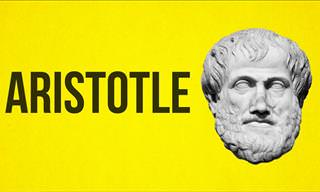
INTERACTIVE: The Musings of Philosophers Through the Ages
The great thinkers have imbued the world with greater knowledge and different perspectives. Learn about what the wisest men in history had to say.
 2:35
2:35
A Massive Gorrila, But Watch Her With Kittens...
This video is amazing, I never knew gorillas could be like this.

5 Unexplained UFO Encounters That Puzzled Experts
We may not believe in UFOs, but throughout history there have been some rather strange UFO-like encounters that defy logic.
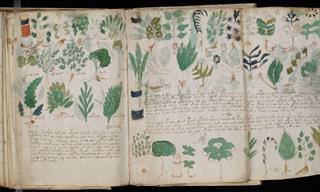 50:21
50:21
Can The Mysterious Voynich Manuscript Ever be Cracked?
This is the world's most mysterious book, written by an unknown author in a singular alphabet and illustrated with puzzling images. What is its secret?
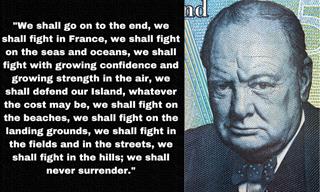
7 Life Lessons Taught by Winston Churchill
To inspire others, we have compiled 7 lessons he taught us through his life's work and life.
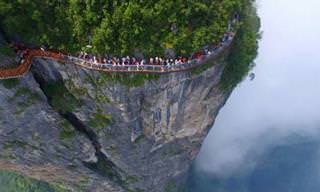
These 14 Photos Are All Remarkable For Different Reasons
There are some photos we come across that just compel us to take a second look, and these 14 are no exception. Take a look!

Fascinating Photos: Actors vs. the Real People They Played
Take a look yourself and make your own mind as to how faithful the actors were to the people they played in movies.

When It Comes to Bad Luck, These Poor Souls Take the Cake!
These people have been plagued by bad luck all their lives... Unbelievable!
 11:06
11:06
I've Never Heard This Amazing Tale From the 2nd World War
This is going to be one of the most amazing stories you've ever heard. I guarantee it.
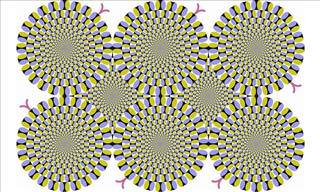
These Amazing Illusions Are Enough to Make Your Head Spin
Optical illusions have the potential to highlight how the human mind plays tricks when it comes to perceiving things. Take a look at these 20 optical illusions.

12 of the Most Fascinating Creatures in Norse Mythology
The world of Norse mythology is full of bizarre mythical creatures. Let’s take a look at the most fascinating ones.
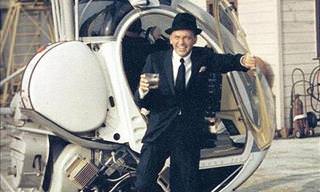
26 Vintage Celebrity Photos Filled with Undeniable Charm
Let's take a look at 26 vintage photos filled with undeniable charm.

10 Underrated Movies That Should be Seen by More People
Imploring all cinema buffs to check out these criminally underrated movies!
 3:10
3:10
How Clean Are Hotel Rooms, Really? Find Out the Answer!
Hotel rooms always look clean and fresh, but are they?

10 Things You Didn't Know Were Invented By Native Americans
Learn about some super useful inventions that the Native Americans contributed to the world.
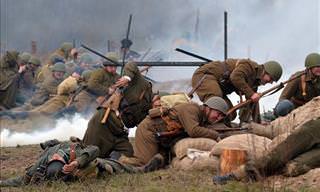
Experience the Dramatic Moments of WWII in Moving Color
This 13-episode television documentary series recounts the major events of World War II in HD color.
 10:43
10:43
Why Do I Suddenly Need Subtitles for Every Show I Watch?
Have our ears gone bad, or is it simply bad acting? Neither. It's the tech - it's just TOO advanced.

Untamed Spirits: Tales of Legendary Mountain Men!
Not many know about these iconic men of the mountains.

17 Inventive Wedding Invitations No One Would Say No To
Some wedding invitations are pretty bland, but not these genius creations. Here are 17 invitations that no one would ever turn down.

10 Richest People From History You Should Know About
A look at 10 of the richest people that lived in history. From emperor Mansa Musa to Muammar Gaddafi, it presents the insane sums these people had.

Enjoy These Brilliant Documentaries for Free on YouTube
Done with your Netflix’s docuseries supply? Check out these wonderful free documentaries on YouTube next.
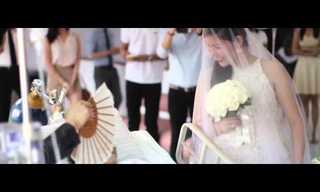 3:10
3:10
This Incredible Love Story Brought Tears to My Eyes…
This is the most incredible wedding video you will ever see... A true demonstration to the power of love.
 6:38
6:38
Juggling Legend Kris Kremo Will Leave You in Awe
Get ready to be thrilled by juggling legend Kris Kremo’s captivating performance.
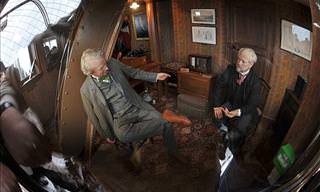
These Well-Known Places Have Their Hidden Secrets!
These well-known places have their hidden secrets. Read this article to reveal all!

22 Old Photos That Really Make History Come Alive
Looking through these old black and white photos you can really learn a lot about history and the world. These 22 photos generates that mind-blowing spark and teaches you something new.

How Many of These Extraordinary History Facts Do You Know?
We bet that you didn't learn these history facts at school.
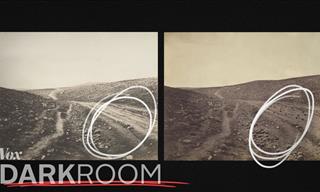 8:28
8:28
Was The First Famous War Photo in History Staged?
“The Valley of the Shadow of Death” is the first famous war photo in history, but journalists started questioning its genuineness. Was this famous photo staged?

12 Accurate Facts That Sounds TOO Weird to Believe
With authentic facts like these, who needs fiction?
 5:33
5:33
White Rose: the Brave Student Resistance to Nazi Germany
White Rose was a secret student organization that opposed the Nazi rule, here is the story of this brave organization...
 4:34
4:34
A Day in the Life of an Ancient Egyptian Doctor...
This video will show you what it was like to be a doctor in ancient Egypt.

8 Creative Musical Instruments Made from Natural Materials
Here are some wonderful musical instruments that are made of natural materials.

The Incredible Story of a Boy Surviving 49 Days at Sea!
This Indonesian teenager managed to survive almost 50 days at sea while adrift in a floating wooden hut. Learn all about his amazing story here.

The Precious World of Jewelry: Art, Care and Tips
Admire a world of jewelry, from the most creative, to the most valuable and the most expensive, learning a few handy tips in the meantime...

History: When Napoleon Was Defeated By an Army of Bunnies
The greatest defeat of Napoleon wasn't Waterloo... It was against a bunch of bunnies.

16 Helpful Charts and Guides Worth Saving
We’ll never get enough of useful charts, maps, and guides like these!



